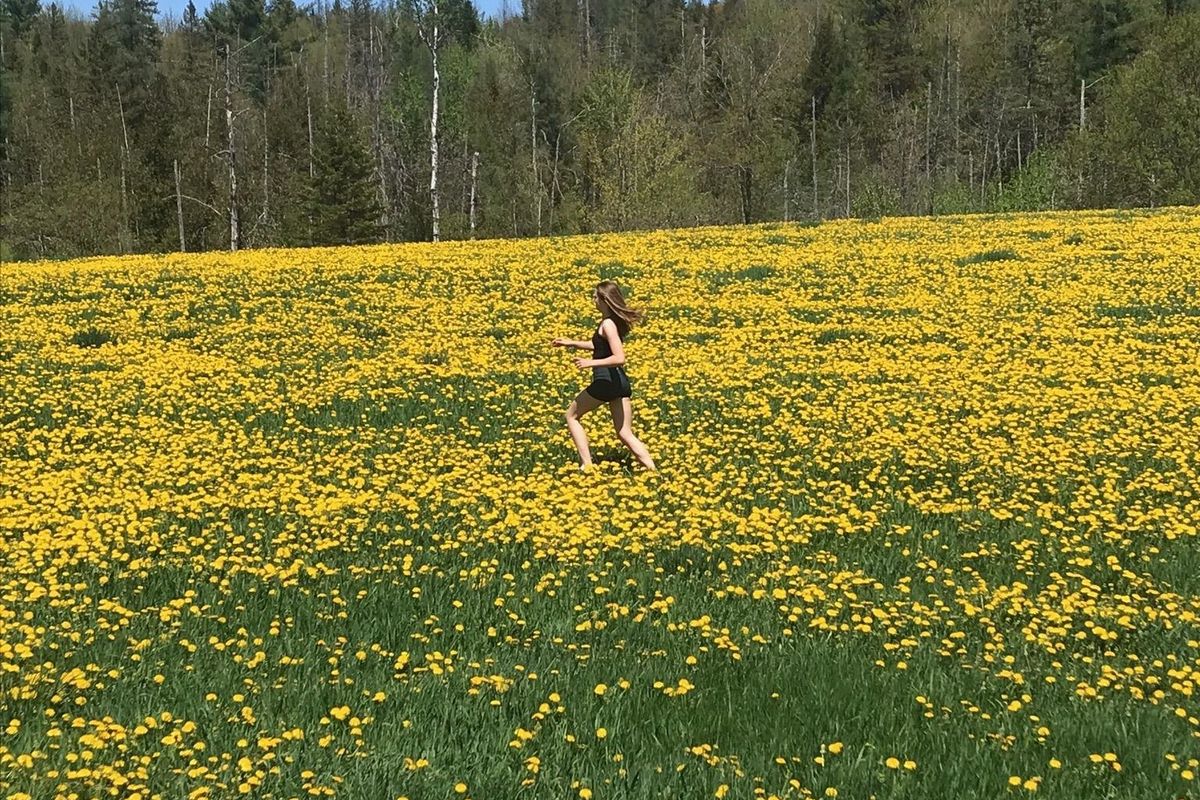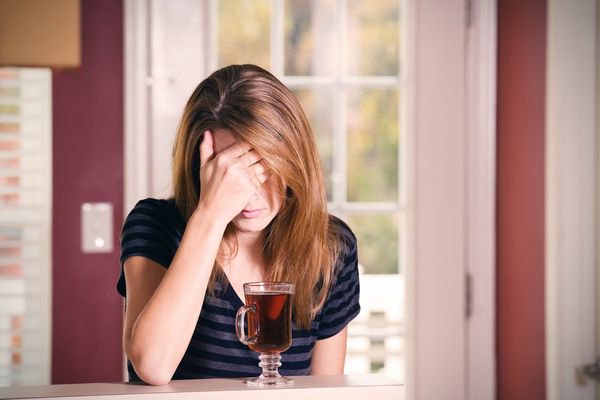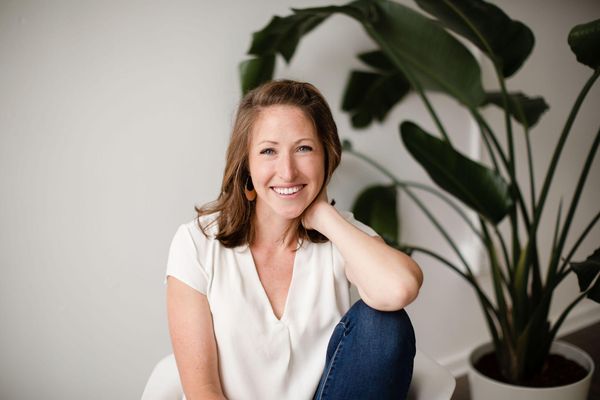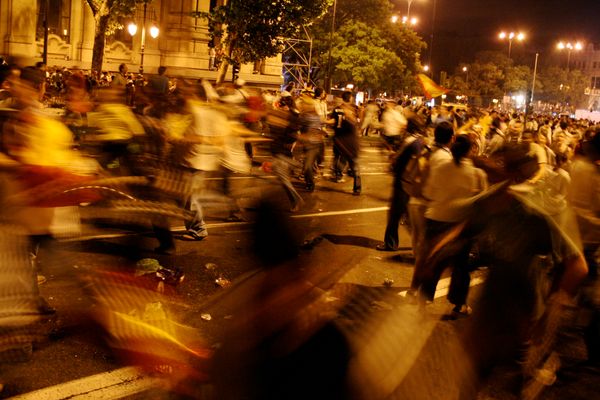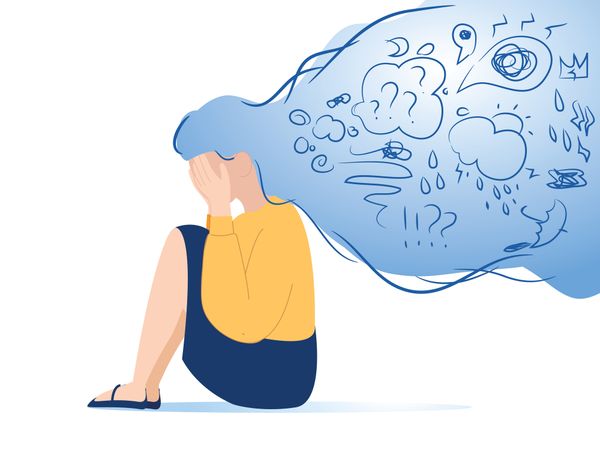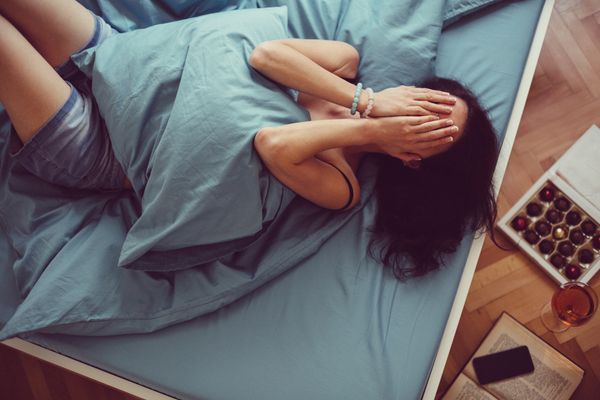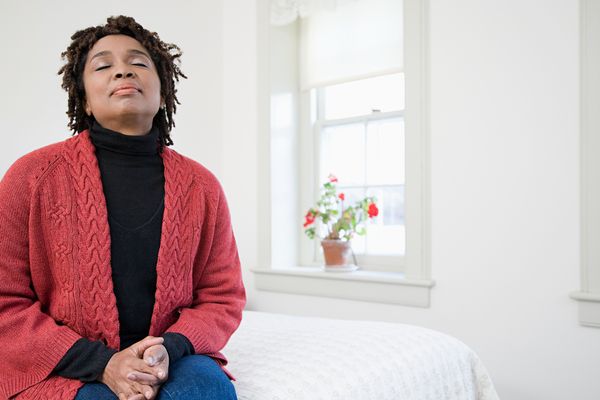When the robo-call came from the superintendent, I felt my chest seize up in anticipation and dread. Weeks of waiting to hear what school would look like this fall, and finally we were getting information. I knew many of America's public school students would contend with remote-only learning, but I'd been naively hoping my kids might return to some semblance of normalcy, because we live in small-town Vermont, and COVID-19 cases are low statewide.
This was a fantasy, one of my mind's coping strategies for navigating the pandemic.
School would occur two days a week in person with the rest online, said the superintendent. Masks would be required at all times. Students would be split into two groups alphabetically, with different groups attending on alternate days. An online-only option was available for families who wished to keep their children home. Administrators were still figuring out whether any sports or extracurricular activities might be possible.
At this news, my anxiety, which had been humming like a low-voltage current since March, surged into full-fledged panic. How would my two teenagers fare in this new abnormal? They'd both struggled greatly with social isolation and remote learning during the shutdown, alone in their rooms for hours, staring into the gray light of their Chromebooks.
My first reaction was fear that we would be cast back into that gloom. I could still feel the daily dread in my throat, the desolate horror at 4 a.m., wondering if my kids would be OK. My fear of another online semester was greater than my fear of contracting COVID-19, which you may not understand if you don't have teenagers or mental health issues or both.
"A pandemic is a public event affecting millions, but as individuals we experience it, for the most part, in private," wrote author Justin Cronin in a recent New York Times book review. The crises our family weathered during the spring shutdown included clinical depression, suicidal ideation, sexual assault and vicious cyber-bullying. While we were lucky to be supported by a few trusted friends, counselors and extended family members, much of the pain we experienced was deeply personal, and we held it alone.
Like many parents, I'd been holding out hope that the fall might bring a renewal of our old lives. Each successive cancelation and disappointment (no school, no sports, no camps, no family gatherings) felt like a small electric shock, triggering a fight or flight reaction.
My anxiety has manifested as restlessness, racing thoughts, difficulty sleeping, panic dreams and obsessive doom-scrolling. In some ways, my emotional response to COVID-19 is a trauma response. It's akin to the symptoms of postpartum anxiety I experienced after my second emergency Caesarean section, caring for a colicky newborn who would not stop screaming.
Most of the time I can manage my unease. Some days I'm strangely OK, even thriving in this new world where everyone is home and our family's complex academic-athletic-social calendar has been reduced to a few (outdoor) connections per week. The slower pace feels like a positive shift, at least during the reprieve of summer. I'm blessed to be working from home, running in the woods with the dog, swimming in Vermont's rivers and ponds, hanging out on the porch with my kids, eating ice cream.
I know that living in Vermont makes me luckier than most Americans. I am constantly aware that my family's white and economic privilege, our financial stability and our access to good health care, have protected us from the main hardships of this pandemic. My mind berates me for struggling with anxiety when many have lost jobs and loved ones, when Black and brown people have contracted and died from COVID-19 in disproportionate numbers, and their families will suffer the worst consequences of the continued school shutdown.
My new therapist tells me that both things are true: I am privileged, and I am also struggling. I look at her kind face on my screen, framed by silver hair, and try to believe her.
She encourages me to notice the sensations I'm feeling, rather than judging them. "Anxiety is a very generic term," she says. "What you're labeling as anxiety is actually a sensation, a reaction to something happening."
This makes me wonder if our emotional response to the pandemic is not a mental health "disorder," but a natural reaction to the onslaught of illness, death and disruption occurring around us. My own brother is a COVID "long-hauler" — watching him suffer months of debilitating symptoms has increased my dread of this disease.
To counter the dismal news cycle, I've been reading Comfortable With Uncertainty by Pema Chödrön, hoping to cultivate more ease with not-knowing. As a lifelong planner, this is my greatest challenge. I know our district could switch from hybrid to fully remote at any time. Just as I was acclimating to the new two-day school structure, it was changed to one day per week. I'm trying to get comfortable with being uncomfortable with uncertainty.
But I feel alienated from my friends and other parents, even as I long for connection and acceptance. I'm afraid of being pandemic-shamed by adamant people who believe schools should remain closed. I've kept my fears to myself, although I sometimes want to scream that there's more than one health risk, that the American Academy of Pediatrics recently acknowledged the dangers of social isolation in its COVID-19 guidance.
If you haven't called the National Suicide Prevention hotline for your child who wants to die, please don't judge the decisions I make for my family. What we need right now is empathy — and the understanding that we're all managing our unique needs as safely as possible.
Until the next robo-call, I'll keep exercising in nature, taking CBD to calm my nervous system, limiting my media consumption and practicing staying present in the moment. Mercifully, both my teenagers have grown in resilience and self-awareness over the past months. "Quarantine taught me how to be alone," one daughter told me. "I'm at home with myself now."
I sit with my girls on the front porch couch, the dog snuggled between us, crickets pulsing in the leafy twilight. They're laughing hysterically at some TikTok thing. Maybe all we have are moments, and this is how we'll muddle through.

